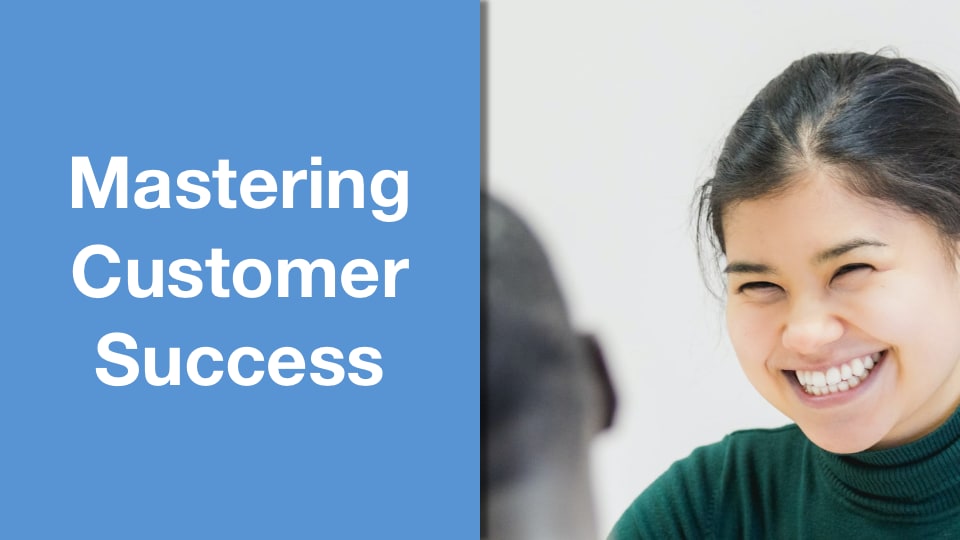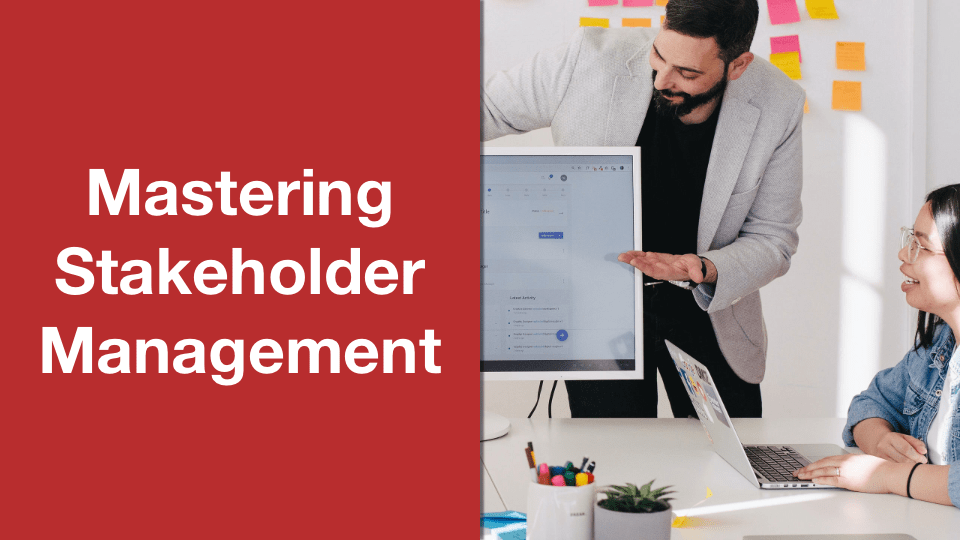Everyone Has A “Success” Plan Until They Get Punched In The Mouth.
Planning, what is it good for?
Everyone has a plan until they get punched in the mouth! – Mike Tyson
No battle plan survives first contact with the enemy. – Helmuth von Moltke the Elder
Have a good plan, execute it violently, do it today. – Douglas MacArthur
It’s common to have a vision, it’s rare to have plans. – Sam Altman
I could carry on like this for ages. These are some of my favourite quotes and they’re not even in agreement with each other. How to make sense of all of this?
We all need plans, ideally plans that stand up to the kinds of stress and challenge you meet in the world of customer success management, if not in the ring or on the battlefield. If you are in customer success management then you know planning is crucial. Chances are however that you are incredibly busy. Furthermore every one of your customers is different, each seemingly with their own unique circumstances and at different points in their customer journey.
Tempting then, in the face of such complexity and with the limited time you have available, to create your success plans as you go rather than take a truly structured approach. Tempting but risky. Not punch in the mouth risky but risky nonetheless. You are likely in this ‘planning lite’ scenario to be inconsistent between customers and even between success managers in the way you guide and advise your key stakeholders. You will probably fail to fully capitalise on the collected best practices of your customer success team and what you can learn from working with your customer base. You might repeat mistakes or repeatedly miss opportunities. There will be times when you dread a meeting because you know you don’t have a good answer or a workable plan.
The first thing to know if this sounds like you is welcome to the club: it’s a big one.
The second thing to know is that with time and effort not only can you solve this problem, you can do so in a way that injects every part of your customer success strategy from hiring to renewal to advocacy with greater precision and certainty and gives your CSMs the confidence they need to face almost every situation.
To understand how we’re going to take a little journey back in time to the days of the Haynes Manual.
Cars these days are computers with an engine, some seats and a mix of plastic, steel and aluminium. Unless you have a bank of diagnostic kit in your garage you can forget about fixing anything more serious than a flat tyre or maintaining much more than the washer fluid or the oil. There was a time though with a bit of time, patience, the right tools and a Haynes manual you could fix just about anything on a car and do your own regular maintenance to keep it in first class condition. Often messy, sometimes painful but always incredibly satisfying.
The Haynes manual was a framework. It contained instructions for everything you might ever need to do for your car from the simplest one off job through to recommended schedules and activities for regular maintenance and finally to specific steps on how to correct more or less everything else that might go wrong with your car over the course of its lifetime.
At any given moment in your relationship with your car your plan was which of those things you knew you needed to do next. When the time came to perform some scheduled maintenance or fix a busted carburettor you’d open the manual at the relevant page, grab the appropriate tools, follow the instructions and a period of time later the job was done. Eventually you’d get good enough to do things without the manual but until that point the framework was your safety net. And of course if someone else fixed your car they’d refer to the same manual so you’d know the job would be done properly.
The framework then was the complete body of knowledge for your car gathered over a period of time and carefully collected into a reference document. The plan was the application of the relevant parts of that framework to the maintenance and repair of your car over time ensuring it stayed in great condition and could be quickly fixed if something went wrong.
Customer success is conceptually no different. The framework in this case is the collected body of knowledge, gathered over time, added to, updated as needed and available to everyone on how to:
- Ensure your customers are able to realise the maximum value from their investment in your products and solutions
- Manage your key stakeholders and deal with change, lack of access and so on
- Ensure appropriate governance is in place for the programme to be successful in the long term
- Guide your clients towards the need for change management to be done correctly to ensure end users are ready and prepared for the system
- React when needed (repairs) to issues of dis-satisfaction, outage, perceptions of mis-selling, unresolved support tickets and so on
The plan is the mindful application, intervention by intervention, of the relevant parts of this framework to each customer based on their current point in their journey with you and the specific challenges or next steps they are facing now or are shortly about to face. When the unexpected comes up (repairs) the framework is the reference point that answers the question “what’s the best intervention to handle this situation?”
If your success plan doesn’t refer to a framework in this way then chances are your plan is just what you think is going to work at the time. And it might do. Question is if it does work where does that data point get captured so it can be re-applied? And if it doesn’t what is the cost/impact?
The simple truth is the smartest customer success focussed companies will have both a framework and a plan. This structure works everywhere although the specific content, the interventions, will be unique to every vendor.
If getting there seems daunting know that a framework at the end of your first month with just 5 relevant interventions is better than no framework at all. If a month later it has 10 and a month after that 20 you’re suddenly a good way down the development path and undoubtedly starting to see real value.
And here’s a final thought, you’re a new CSM at the ACME company and on day 1 somebody hands you the customer success framework to read through. Wouldn’t that be handy?



